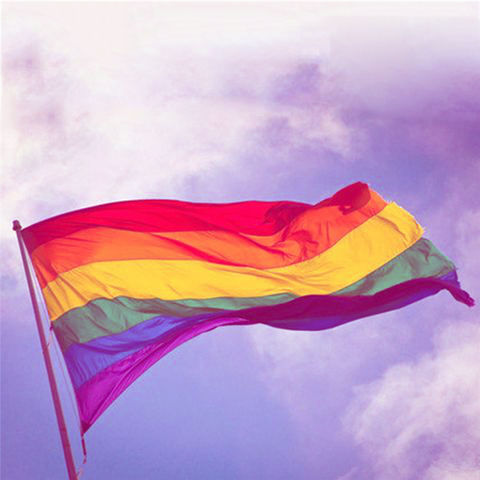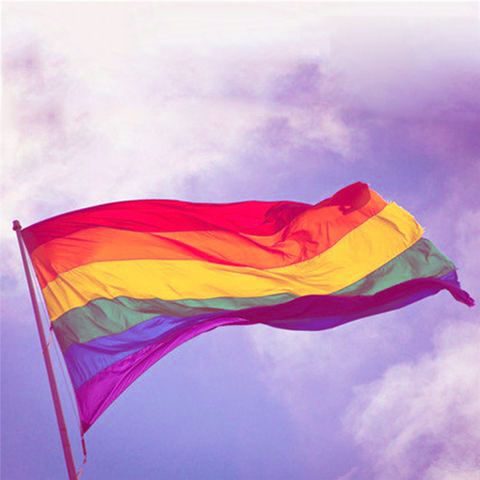
FCAA’s First-Ever List of the Top Ten Funders of LGBTQ-Inclusive HIV/AIDS Work
FCAA’s First-Ever List of the Top Ten Funders of LGBTQ-Inclusive HIV/AIDS Work
By: Andrew Wallace on November 6, 2016
Just last week on December 1st the world commemorated the 27th annual World AIDS Day, a day envisioned to both remember those who have been lost to or impacted by HIV/AIDS, and importantly, to help raise awareness of HIV.
While the media and public perception of AIDS as a crisis seems to have lessened, the epidemic still rages among men who have sex with men (MSM) and transgender women. In the United States gay and bisexual men represent an estimated 2% of the population, yet more than half of all people living with HIV/AIDS (PLWHA). They are also the only population group for which HIV infections are on the rise. A recent survey from the Kaiser Family Foundation found that gay and bisexual men in the U.S. see HIV as a top issue in their community, but are neither personally worried about becoming infected nor getting tested on a regular basis. Globally, HIV prevalence rates are estimated to be 19 times higher among MSM than the general population. A recent wave of homophobic laws against LGBT populations and PLWHA in some countries threaten to further criminalize and deny access to care for those most at risk for HIV/AIDS.
Earlier this week a new resource tracking report from Funders Concerned About AIDS (FCAA) announced $592 million in global philanthropic funding for HIV/AIDS, an 8% decrease from 2012, and the lowest level of funding since 2007.
Despite that troubling headline, FCAA’s resource tracking report reveals, for the first time ever, new insight into specific funding levels for target populations. In collaboration with Funders for LGBTQ Issues and the International Human Rights Funders Group, FCAA has begun modifying its methodology to ensure comparable data between our funding networks, and intersecting funding priorities.
In 2013, global philanthropic HIV/AIDS funders disbursed $31.3 million in funding for HIV/AIDS programs benefiting LGBT Populations. Seventy percent ($21.9 mil) of that funding was disbursed to MSM populations, 15% ($4.8 mil) went to transgender people, and the remaining 15% ($4.6 mil) went to general LGBT populations. This analysis reveals that while being the population most impacted by HIV, only about 15% of domestic funding and only 4% of international funding targeted the LGBTQ community.
(NOTE: These figures count grants that are inclusive of LGBT populations, not grants that exclusively target LGBT populations. They also include funders based outside the United States. As such, FCAA’s totals for LGBTQ HIV/AIDS funding vary from Funders for LGBTQ Issues LGBTQ HIV/AIDS funding totals.)
Top Ten Funders of HIV/AIDS Programs Benefiting LGBT Populations:
- AIDS United (U.S.) – $3,887,533
- Ford Foundation (U.S.) – $3,117,500
- Elton John AIDS Foundation (U.S. & U.K.) -$3,103,437
- M.A.C AIDS Fund (U.S.) – $2,483,977
- Gilead Sciences (U.S.) – $2,421,870
- Broadway Cares/Equity Fights AIDS (U.S.) – $2,242,500
- amfAR (U.S.) – $1,808,332
- Pride Foundation (U.S.) – $1,299,828
- Aids Fonds/STOP AIDS NOW! (Netherlands) – $1,238,685
- AIDS Foundation of Chicago (U.S.) – $843,279
Earlier this week more than 100 private and public funders gathered in Washington, D.C. for FCAA’s 6th annual AIDS Philanthropy Summit. The two-day Summit closed with a panel composed of affinity group leadership – including Ben Francisco Maulbeck – focused on how we bring our movements together to address shared goals in advancing health and equity. Next month the LGBT Health Funding Summit, co-sponsored by FCAA, Funders for LGBTQ Issues, and Grantmakers in Health and supported by the Robert Wood Johnson Foundation, will bring together funders in the fields of health, HIV/AIDS and LGBT rights to interact with experts from the field, build relationships with like-minded funders, and develop funding strategies for increased impact in LGBT health.
About the Author:Sarah Hamilton is Program and Communications Director at Funders Concerned About AIDS (FCAA). She manages FCAA’s integrated approach to programming, communications and development. She was last a Senior Associate at Rabin Strategic Partners (now Rabin Martin), a leading international health public affairs firm, where she worked for both non-profit and for-private clients including Columbia University, Johnson & Johnson and the Tibotec Global Access Program. Sarah currently lives in Spokane, Washington where she serves on the Board of Directors for the Spokane AIDS Network.

